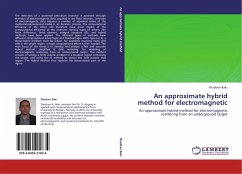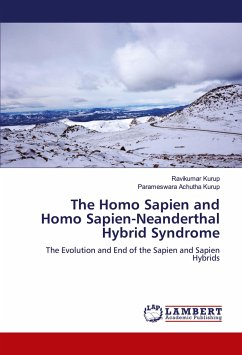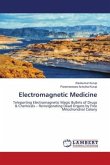The detection of a potential petroleum reservoir is achieved through inversion of electromagnetic data acquired in sea floor receivers. Inversion of electromagnetic data requires a number of repeated solves of the mathematical/numerical model in an iteration process. The computational efficiency of the solver will therefore have great impact of the computational efficiency of the inversion. Various types of solvers, like finite difference, finite element, integral equation (IE), and hybrid methods, have been applied. The different types of methods have different computational advantages and disadvantages. With rigorous IE, a dense-matrix problem must be solved. For problems involving many grid cells in the target region, a huge computational effort is then needed.The main focus of this thesis is to develop and analyze a fast and accurate hybrid method, simplified IE (SIE) modeling, for modeling of electromagnetic scattering from an underground target. The method consists of solving a finite volume problem in a localized region containing the target, and using the IE method to obtain the field outside that region. The hybrid method thus replaces the dense-matrix part of the rigoro
Bitte wählen Sie Ihr Anliegen aus.
Rechnungen
Retourenschein anfordern
Bestellstatus
Storno








